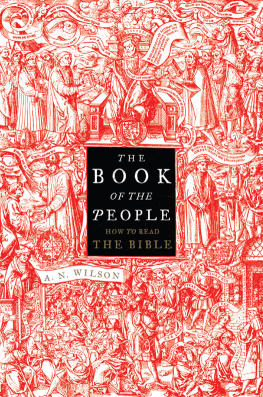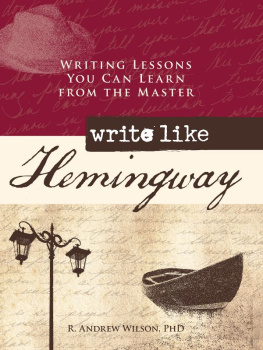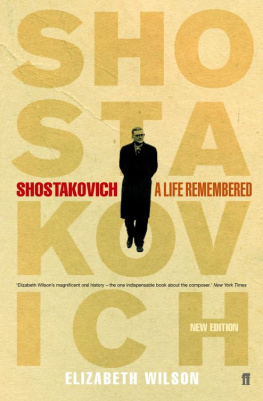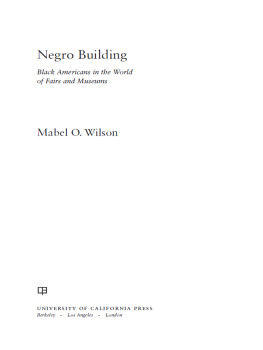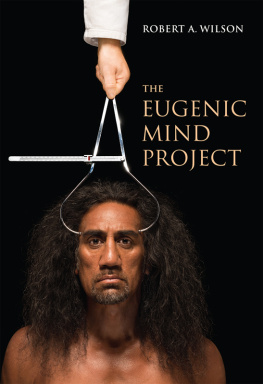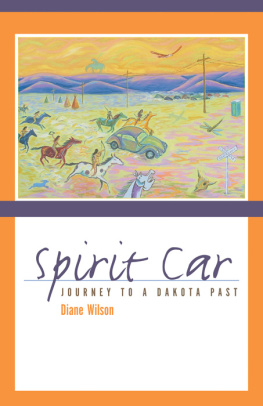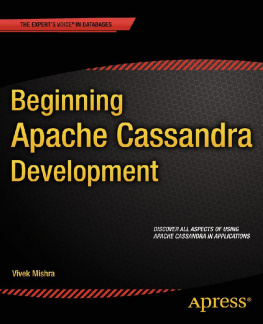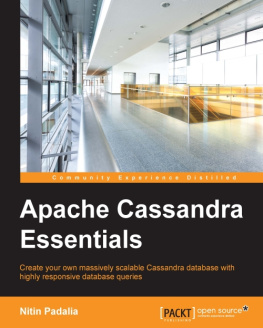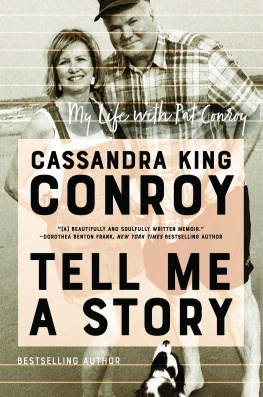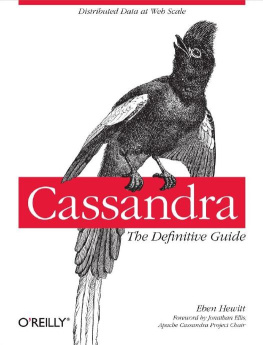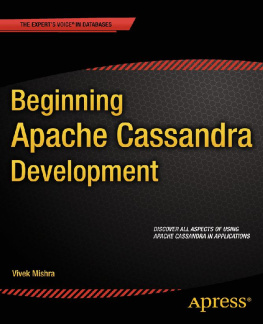
The Death of a Much-Travelled Woman
and Other Adventures with Cassandra Reilly
Barbara Wilson

for Jen Green
Introduction
CASSANDRA REILLY, TRANSLATOR, GLOBETROTTER, and accidental detective, came into being about ten years ago, on a train, appropriately enough, travelling through Norway. My companion Jen Green, an editor at the Womens Press in London, and I had just been at the International Feminist Book Fair in Oslo, and I was joking that the fair would be a great place to have a (fictional) murder take place. In 1986 I was still relatively new to the mystery genre and to the notion of what a feminist mystery might look like or what I might make of such a male-dominated tradition. Id begun to experiment with Murder in the Collective, published two years before, and had just finished Sisters of the Road, which dealt with teen prostitution. Both were told in the voice of amateur sleuth Pam Nilsen, a printer and activist, rooted in her Seattle community.
Would Pam solve the crime at the book fair then? Jen asked.
I cant imagine Pam ever leaving Seattle, I said. No, it would have to be someone else, someone completely different.
Cassandra Reilly, who eventually did solve the book fair murder, was different. She wasnt rooted, she wasnt steadily employed, and her community was far-flung. To a large extent she reflected a shift that was taking place in my own life, a movement away from Seattle and into a wider world. In my early twenties, Id lived abroad and travelled for several years. In my mid-thirties, my work in publishing and translating, as well as a new transatlantic relationship, meant that I would be spending more and more time living away from Seattle and out of suitcases again.
Cassandras life history did not come to me all in one piece. In fact, the first story in which she appeared, Murder at the International Feminist Book Fair, revealed relatively few details about her. I never conceived her whole, as I had Pam Nilsen, a character so apparently realistic that I was frequently asked personal questions about her and her twin sister (personal questions I found, oddly enough, I could answer). Cassandra was less easy to pin down.
Some things I knew about her right away. She was a translator, from Spanish to English; that was a world I knew and an occupation that gave her a reason to travel. I based her in London, because that was where I was living off and on. I gave her an Irish grandfather, having had one myself. And I put her birthplace in Kalamazoo, Michigan, not far from where my mother was born and where shed attended college. Most importantly, I gave Cassandra a craving to be in some other place from the place she was, a restlessness that was quite familiar to me.
But in most ways, Cassandra differed greatly from me. She was willingly expatriatea choice Id never been able to makefree-spirited, and of an eclectically amorous nature. She was tall and thin, much older than I (though by now I am almost caught up to her), and conveniently erudite. She seemed to know all kinds of things that I had to research and read books about. She spoke many languages well and had been to every part of the globe, several times. In bits and pieces over the years, she has revealed herself to me as not only adventurous and romantic, but also deeply melancholic and on the run from a past of deprivation and narrow-mindedness.
If Cassandra began to realize herself, mosaic-like, in my imagination, so did her circle of friends. One of them, her Australian pal Jacqueline Opal, I got to know quite well as Cassandras sidekick in Trouble in Transylvania, but other friends were more reclusive. Her doctor friend Lucy Hernandez, for instance, with whom she always stays in Oakland, has only made one appearance, and the two women from whom she rents an attic room in HampsteadOlivia Wulf, a refugee from Hitlers Austria, and Nicola Gibbons, a Scottish-born bassoonistare glimpsed only tantalizingly in the background as yet. Gloria de los Angeles, the best-selling Venezuelan author whose novels Cassandra has translated, has never appeared in person either, but her rival, the Uruguayan Luisa Montiflores, has had a tendency to turn up right from the beginning.
Over the years, the mysteries Cassandra has investigated in foreign countries have enabled me to play with a variety of issues, some political, many literary. Ive always chosen to interpret the mystery genre rather loosely. Frequently there is a murder; sometimes not. Puzzles of all kinds, robberies and impersonations, failed financial schemes, and hidden romances are quite as intriguing as dead bodies. After all, secrets are the heart of any mystery, and secrets take many forms. But the genre demands dead bodies, and dead bodies there are, along with suspects with bad alibis and relatives with suspicious motives.
As an amateur, Cassandra is drawn into all these situations out of coincidence and with the best intentions. Her work translating fiction has accustomed her to fluctuating meanings and alternative readings. As a translator, Cassandra is never in one world wholly; she shifts in and out of identities, cultures, even sexualitiesfor although in some urban subcultures of the West, being lesbian may be a fixed role, in other parts of the world there may well be more confusion, invisibility, and fluidity.
My interest in what could happen in the world of a translator-detective on the loose led me to write not only stories about her, but two novels. After I finished the second one, Trouble in Transylvania, I wondered if I would ever write another full-length Cassandra Reilly novel, because all the places I fantasized sending Cassandra (and friends have been very helpful, providing me a list of possible titles that range from Chaos in Cambodia to Bonkers in Bolivia) were as remote and intriguing as the Eastern Europe of Transylvania. I had spent some weeks travelling in Hungary and Romania, and many more weeks reading about the history and culture of those countries, in order to make the background of Trouble in Transylvania more convincing. Unfortunately my life and my other writing projects did not allow for extended visits to, much less extensive research about, Patagonia, Uzbekistan, and a matriarchal island off the coast of Okinawaall places I was dying to set a mystery.
I contented myself with writing short stories instead, and with sending Cassandra to places with which I was more familiar. In the story form, I felt Id found a medium that seemed to suit Cassandra Reillys wayward nature and literary adventures. The mystery tale offers considerable pleasures. Not least is its ability to be read at one sitting. Brevity is the soul of wit, of course, but compression can also perform wonders with a plot. A single idea is all the story requiresno need for complicated subplots, no hordes of possible perpetrators, no nets-full of red herrings.
The first Cassandra stories were mostly written in response to requests from editors. Later I began to write them for their own sake, and for the pleasure of Cassandras company. Id found that as I travelled, I often ran into Cassandra Reilly in the most unexpected places. Id see her at the Hamburg harbor, piloting a cabin cruiser up the Elbe River, and wonder what brought her there. Walking down a canal street in Amsterdam, Id glimpse her againtall, thin, with her wild hair clamped down by a beretthrough the window of a used bookstore specializing in womens titles. I bumped into her at book fairs and on vacations to Hawaii and Mexico. I seemed to find her most often in London though, a city Id left behind but she had not. Her connections there helped me remain connected too. And over the years, although I did not quite trust Cassandra to stay away from my girlfriends, she became a friend to me, a
Next page

